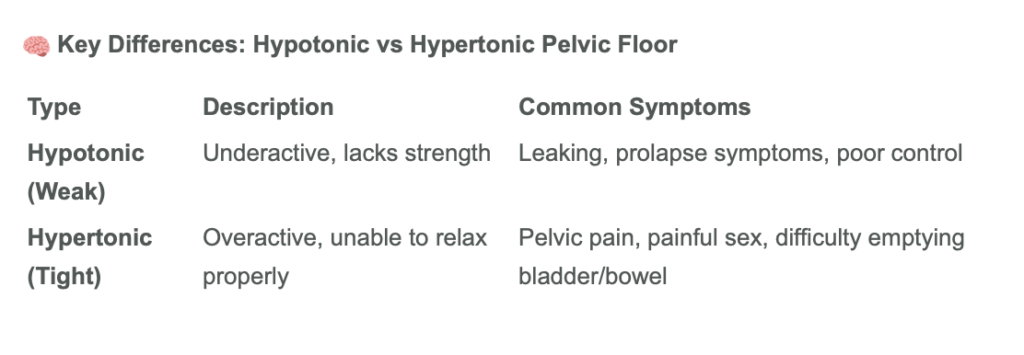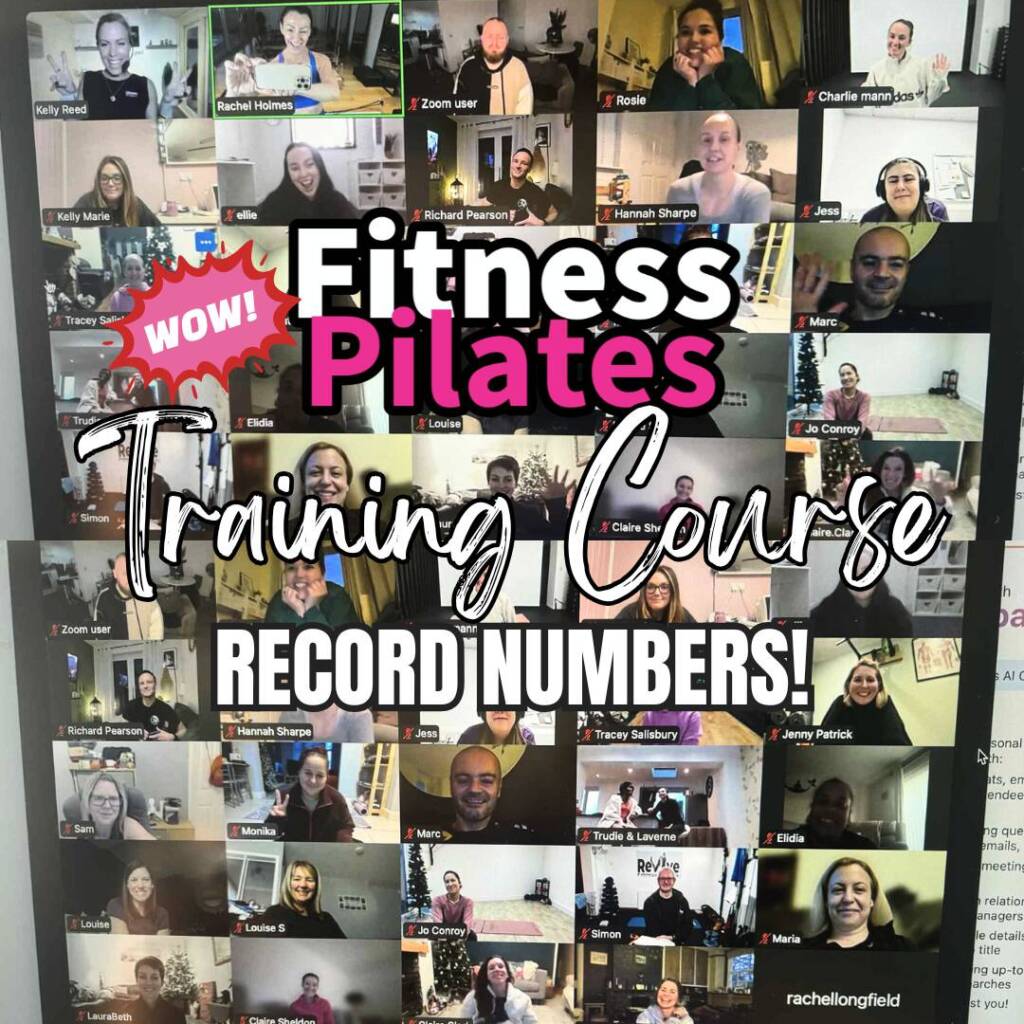
The Fitness Pilates Blog
Fitness Pilates Newsletter Sunday 18th May
It’s been a busy and exciting week with the launch of the Fitness Pilates Menofit™ Training Course, which Kelly and I presented on Thursday. This week, we’re delivering two Reformer Training courses:
• Wednesday – Fitness Pilates Reformer Training
• Thursday – Level 3 Reformer Training
If you’re interested in either course or want to find out more, feel free to drop me a WhatsApp on 07976 268672.
We’re hearing from studio owners across the UK who are looking to train more instructors, as the demand for Reformer Pilates continues to grow nationwide.
Also, thank you for the amazing feedback on last week’s Vertigo & Balance newsletter — so many of you reached out to say how common this is with clients. I’m really glad it was helpful and that you’re able to share the info with your own communities.
Today the focus is pelvic Pain and Pelvic Floor Dysfunction.
What is Pelvic Pain and Pelvic Floor Dysfunction?
Pelvic Pain
Pelvic pain refers to discomfort in the lower abdominal or pelvic area. It can be:
• Acute (sudden and short-term)
• Chronic (lasting longer than 6 months)
It may be caused by muscular imbalances, gynaecological conditions (like endometriosis), bladder issues, bowel dysfunction, or pelvic floor muscle dysfunction.
What is Pelvic Floor Dysfunction (PFD)?
Pelvic floor dysfunction occurs when the muscles, ligaments, or nerves in the pelvic floordon’t function properly. These muscles support the bladder, bowel, and reproductive organs.
There are two main types:
• Hypotonic (Weak) – Muscles are too relaxed or underactive
• Hypertonic (Tight) – Muscles are too tense and unable to fully relax
How Common Is It?
• It’s estimated that 1 in 3 women will experience pelvic floor dysfunction in their lifetime
• Around 50% of women who have had children show signs of some form of PFD
• 10–20% of women experience chronic pelvic pain, often misdiagnosed or untreated
• It becomes more common in perimenopause and post-menopause due to hormonal changes
Common Symptoms of Pelvic Floor Dysfunction
• Leaking urine when coughing, sneezing, jumping (stress incontinence)
• Urgency or frequency in needing the toilet (urge incontinence)
• A feeling of heaviness or dragging (may indicate prolapse)
• Pain during intercourse
• Lower back, hip, or pelvic pain
• Difficulty fully emptying bladder or bowel
• In hypertonic cases: tightness, burning, or aching in the pelvic region
Key Differences: Hypotonic vs Hypertonic Pelvic Floor
Type
Description
Common Symptoms
Hypotonic (Weak)
Underactive, lacks strength
Leaking, prolapse symptoms, poor control
Hypertonic (Tight)
Overactive, unable to relax properly
Pelvic pain, painful sex, difficulty emptying bladder/bowel

Fitness Pilates: Exercises to Include
For both types of pelvic floor dysfunction, a balanced, breath-focused approach is key. Fitness Pilates can be highly beneficial when taught with awareness.
Safe & Supportive Exercises:
• Seated and supine pelvic tilts
• Diaphragmatic breathing with core activation
• Bridge with breath (gentle squeeze and lift on exhale)
• Heel slides and toe taps (core control with alignment)
• Wall-supported squats
• Gentle glute work (e.g. clams, glute bridges)
• Cat/cow and child’s pose for hypertonic clients
• Supine 90-90 breathing or side-lying relaxation
Exercises to Be Cautious With or Avoid (especially early on)
• High-impact or jumping moves (e.g. squat jumps, jumping jacks)
• Heavy weighted abdominal work (e.g. loaded crunches, sit-ups)
• Double leg lifts
• Overly aggressive core bracing
• Planks and side planks for symptomatic clients (start with modifications)
• Excessive breath-holding or Valsalva manoeuvre
• Deep lunges or unsupported single-leg balance (may cause bearing down)
Fitness Pilates Principles to Focus On:
• Exhale on exertion – Teach the connection between breath and pelvic floor
• Spine neutral alignment – Reduces unnecessary pressure
• Controlled movement – Slow, purposeful transitions
• Small range over high reps or high intensity
• Use of props – Ball between knees or under pelvis for feedback and support
Is this helpful….email me and let me know.
Ill post this in the Fitness Pilates Facebook group so we can continue the discussion there.
Have a lovely Sunday
Rachel x
RESOURCES & UPDATES
SIGN UP TO THE FREE FITNESS PILATES NEWSLETTER HERE
Join My FREE Women’s Wellness Newsletter – Click here to subscribe!
Have You Booked the SUMMIT Yet?
The EARLY BIRD offer is ending very soon, and there are only 5 places left—don’t miss out! book here
Next YOGAFIT Retreat – Ibiza
29th October – 1st November 2025
Hotel Cala Verde, Ibiza
Use code YOGAFITRACHELHOLMES for a 5% discount on your retreat booking.
Find all the details here: https://yogafitretreats.com/
For more information, feel free to contact the Yogafit team directly and use my code for a discount.
Share this post:
Latest Fitness Pilates Courses & Classes

Infrared Fitness Pilates Hot & Reformer Masterclass in C2GO Studio For Fitpros January
£55.00


The latest Fitness Pilates blogs & news
Join the Fitness Pilates newsletter
A short description introducing your business and the services to visitors.

















